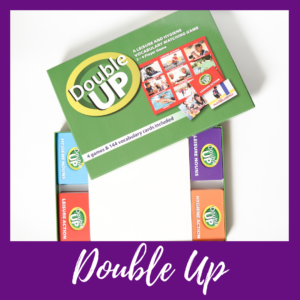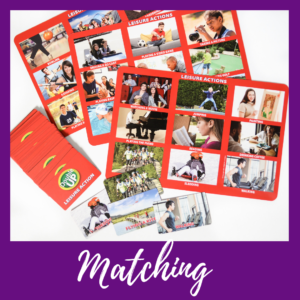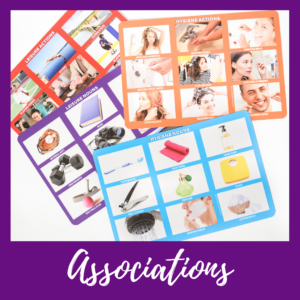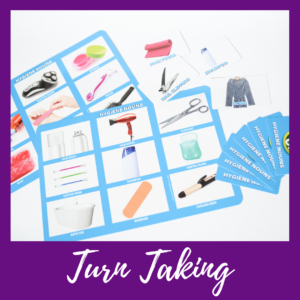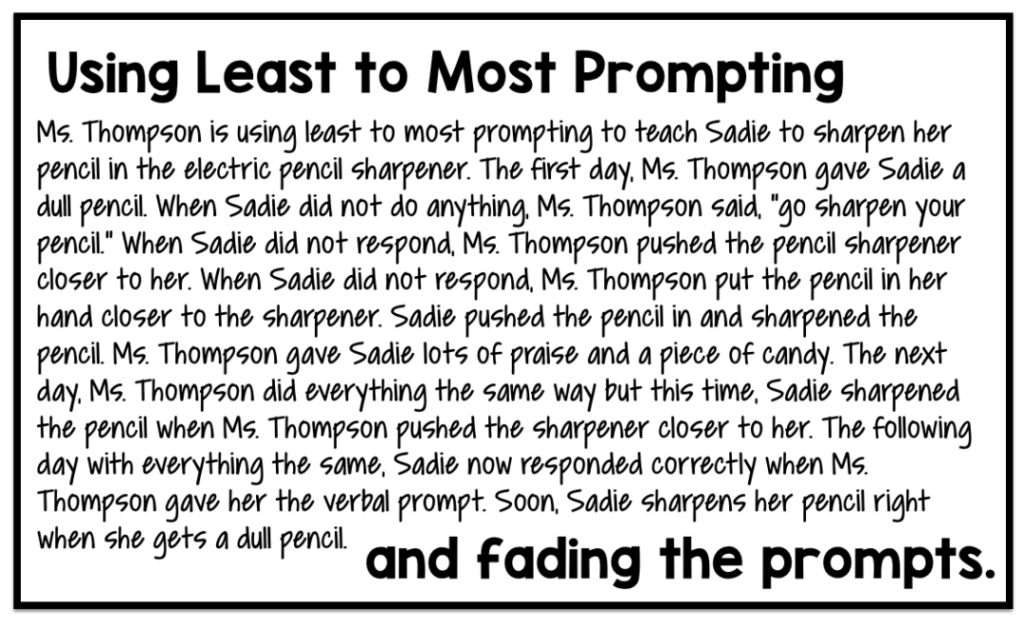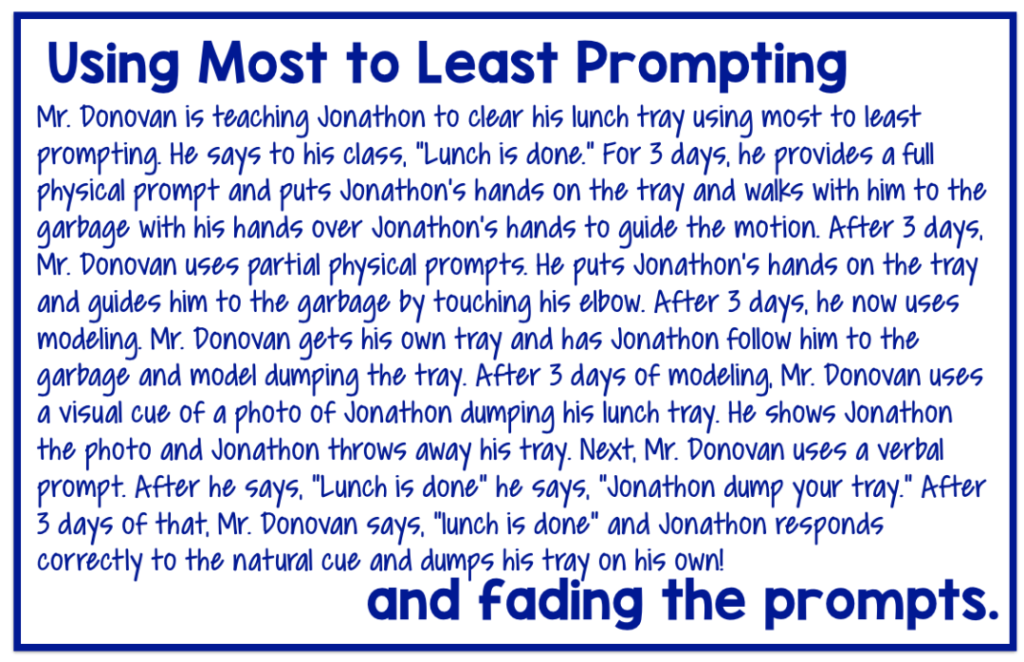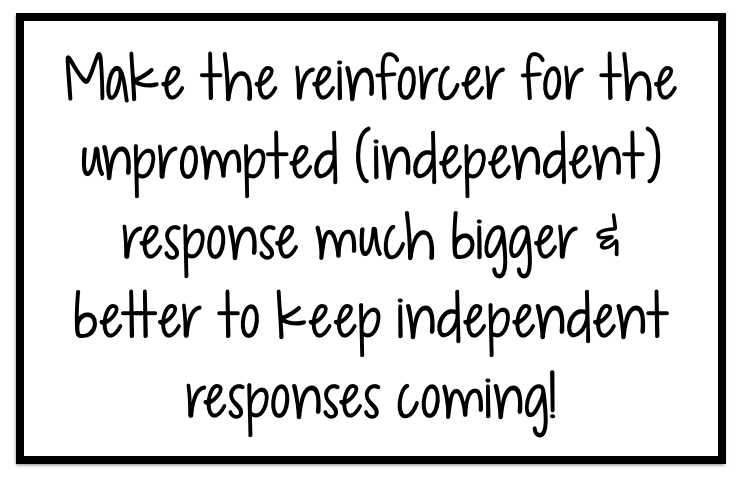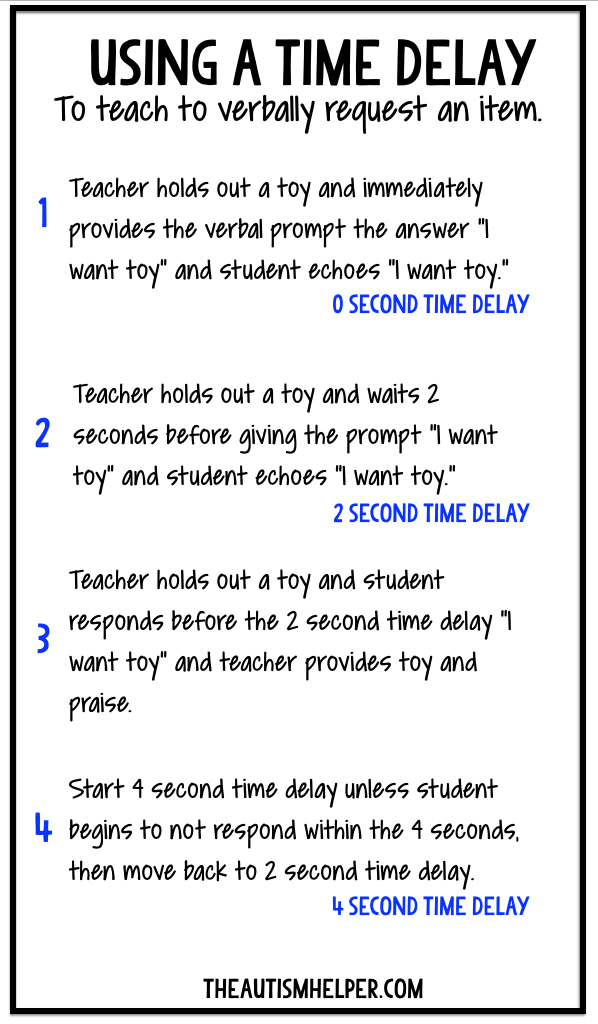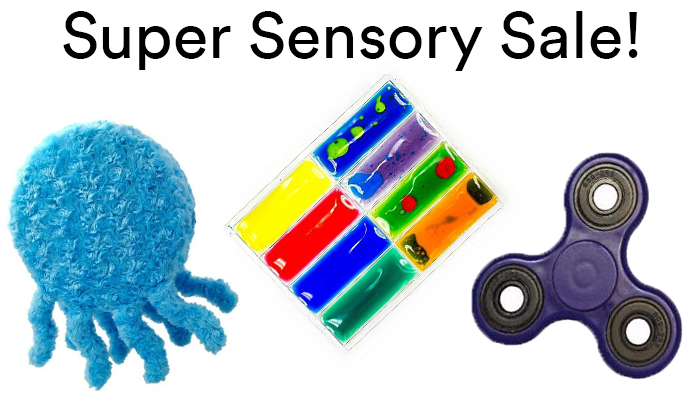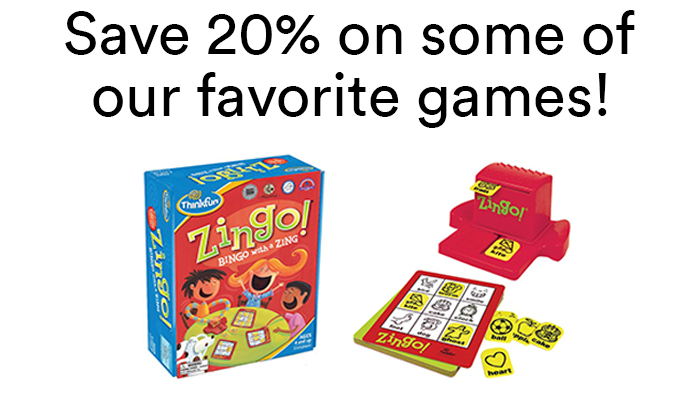This month’s ASAT feature comes to us from Dr. Kirsten Wirth, C.Psych., BCBA-D. To learn more about ASAT, please visit their website at www.asatonline.org. You can also sign up for ASAT’s free newsletter, Science in Autism Treatment, and like them on Facebook!
My child is older now and the early years curriculum guides we have used (e.g., the Assessment of Basic Language and Learning Skills-Revised (ABLLS-R) and Verbal Behavior Milestones and Placement Program (VB-MAPP)) are no longer appropriate. How should we plan for his future and current goals?
Answered by
Kirsten Wirth, C.Psych., BCBA-D
Wirth Behavioural Health Services
There may be some good curricula that can be used at an older age (e.g., Partington’s Assessment of Functional Living Skills (AFLS)). Curricula like the AFLS include measuring basic living skills, vocational skills, home skills, community participation, and independent living skills. That said, there are several reports that highlight areas to consider in programming for any individual. Peter Gerhardt (2009) developed a paper that covers what services are available for adults with autism spectrum disorder (ASD) and considerations that should be made. The Drexel Autism Institute put out a report discussing transitions into adulthood (Roux, Shattuck, Rast, Rava, & Anderson, 2015). This question will be answered using information from both reports as well as clinical experience working with children and adults with ASD over the past 18 years.
Both reports highlight the importance of starting early. For example, on average, transition planning and working towards future goals should begin by 14 years of age, although in some states this may happen earlier. In many high schools and programs this type of planning happens much later, but the reason 14 years is recommended is because it can take several years to teach job or recreational skills, as well as any skills that need to be taught well before the ultimate desired outcome. Also, more time allows for assessing and incorporating changing and developing interests over time. It is ideal that all these skills are incorporated into the students’ school program. Skill areas may include planning for a vocation, post-secondary education, recreation and leisure, community safety, transportation, vacationing, health and wellness, sexuality instruction, handling crisis and interacting with first responders, daily living, and communication.
Where to start? Start by thinking and talking with the individual, family, and staff involved that know the individual best. Think about each area and explore what the individual might be interested in 5-10 years down the road as a team. Once all the ideas are jotted down, start discussing what should be chosen to target or to explore further. Keeping in mind you should weed out things that are not realistic but keep things that may be a stretch. How do you know if it is realistic or not? Having a detailed and current assessment of the individual’s abilities and skills is helpful. For example, if an individual has intellectual and adaptive scores at or near the average range, a traditional college education may make sense and they may not need goals set in post-secondary education. However, making friends and enjoying leisure and recreation may be an area of weakness so goals should be set in those areas. As another example, if an individual has very low intellectual and adaptive scores, a college education may not make sense, but a part time job and skills around that job may need to be learned. Most importantly, goals should be set incorporating the individual’s existing skills, preferences, and interests.
Vocational goals: Is the individual able or interested in part-time or full-time work? If he is still in school, can he work part-time? What kind of work can he do independently right now? What kind of work is he realistically capable of gaining skills in during the next 5-10 years? Sometimes exploring different types of work through volunteer experience can be set up either with a one-on-one support person, or just on his own. If skills need to be taught, how much should they be broken down for the individual to perform all skills independently? Can all skills be taught at the same time or one at a time? For example, if he is going to do custodial work at a local small hotel, this might include vacuuming the hallways; sorting, putting laundry through the washers, and folding; sweeping up the breakfast area; and making small talk or hanging out during breaks. Each skill may need to be taught explicitly or not, dependent on the individual. Sorting laundry may include teaching matching skills and sorting skills before applying to daily life; or, many of these tasks could be taught by practicing in the school or leisure program on a regular basis. Making small talk or engaging in conversation during break may require setting goals in social skills and communication areas as well. Taking direction from supervisors or others in authority and learning how to ask appropriate questions might be another area of consideration. How will the individual get to work? Is he able to learn to drive a car to get himself there? Should a bus route and taking the bus be taught? Driving or even using transportation might have multiple steps to learn, especially if there are construction detours, or changes to timing that would have to be checked regularly. Do the vocational goals require further education? Do money concepts have to be taught? Counting out change? Entering an order into a computer system?
Post-secondary Education goals: Does the individual have any special skills or strengths that should be considered? Is the individual interested in a trade? Business? Graduate school? If the individual could realistically perform a job in their area of interest down the road, do goals need to be set for pre-requisite subjects at the high school level – even if it may take longer to meet them – such that entry requirements can be met?
Recreation & Leisure goals: What kinds of interests does the individual already have during downtime? Are interests limited? Developing new preferences might be required. This might include providing repeated exposure to new places or activities to see if the individual enjoys them, or providing additional reinforcement for participating in them. Do any barriers exist to participating in the new experiences? Does any desensitization (e.g., exposure to certain sounds or experiences in the environment while preventing problem behaviour) have to occur before going on outings? Are there refusals or problem behaviours to be decreased? If so, goals should be set in those areas as well. Does he or she need help with setting goals to earn a specific amount of money to go on a desired vacation or attend an event? Does the individual have a regular group of friends to attend events or hang out with? Do friendships need to be established? Are social and communication skills related to making friends required to be learned first or during? Should the individual get a ride with friends? Take the bus? Drive and offer to pick up friends? Establish a meeting place at the event with friends?
As you may have noticed, many of the areas described above overlap with social and communication areas, transportation, and others. Goals naturally should be set in each area to appropriately encompass all skills needed in one’s day-to-day life. Remember the other areas as well; i.e., health and wellness (e.g., exercise, healthy eating, good hygiene), sexuality instruction (e.g., how to have sex, when to have sex, protection from disease and pregnancy), daily living skills (e.g., laundry, cooking, shopping), and so on. Happy planning!
References
Gerhardt, P.F. (2009). The current state of services for adults with autism. Arlington, VA: Organization for Autism Research.
Roux, A.M., Shattuck, P.T., Rast, J.E., Rava, J.A., & Anderson, K.A. (2015). National Autism Indicator Report: Transition into young adulthood, Philadelphia, PA: Life Course Outcomes Research Program, A.J. Drexel Autism Institute, Drexel University.
About The Author
Dr. Kirsten Wirth (C.Pysch., BCBA-D) is a licensed psychologist and board certified behavior analyst-doctoral with a PhD in Psychology – Applied Behaviour Analysis (ABA) from the University of Manitoba. She is an Advisory Committee Member, Founder, and a Past President of the Manitoba Association for Behaviour Analysis (www.maba.ca). Dr. Wirth is the Co-Coordinator of Clinical Corner for the international organization, the Association for Science in Autism Treatment (www.asatonline.org). She is also the author of “How to get your child to go to sleep and stay asleep: A practical guide for parents to sleep train young children.” Dr. Wirth has 18 years experience working with children, adolescents, and adults, with or without developmental disabilities and autism using, teaching, and training others to use ABA. She provides screening and diagnostic assessment for children with autism, early intensive behavioural intervention (EIBI/ABA) programming to children with autism and their parents, or intensive behavioural intervention (IBI) for older children or adults with autism or developmental disabilities. Dr. Wirth also conducts assessment and treatment of severe problem behaviour, child behaviour management, parent coaching, sleep assessment and coaching, toilet training, social skills training, skill building, school or daycare consultation, and more, for children with or without psychiatric diagnoses. Dr. Wirth has been an invited speaker and presenter at local and international conferences and is a co-investigator of a number of research projects including comparison of comprehensive early intervention programs for children with autism and comparison of prevalence rates and factors related to delayed diagnosis.

